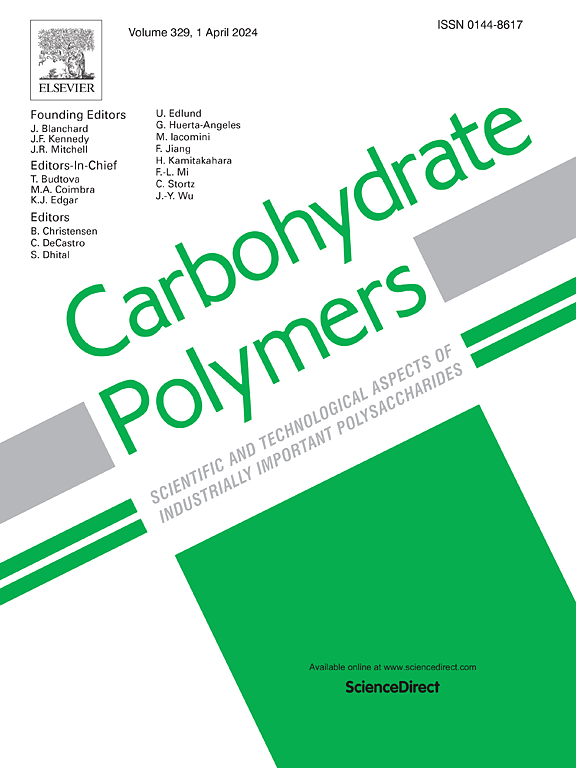Effect of exogenous protein crosslinking on the physicochemical properties and in vitro digestibility of corn starch
IF 10.7
1区 化学
Q1 CHEMISTRY, APPLIED
引用次数: 0
Abstract
Starch is a primary energy source of human diet. Its physicochemical properties and digestibility can be improved by incorporating exogenous protein. In this study, mung bean protein isolate was covalently crosslinked using transglutaminase and proanthocyanidin to create crosslinked mung bean protein isolate. This modified protein was combined with corn starch to form crosslinked mung bean protein isolate-corn starch composite samples. Results demonstrated that these composite samples exhibited superior physicochemical properties, including reduced swelling capacity, enhanced freeze-thaw stability, improved thermostability, and enhanced antioxidant properties. During in vitro digestion, the improved corn starch digestibility was attributed to two factors: first, hydrogen bonding and electrostatic interactions between crosslinked mung bean protein isolate and corn starch; and second, the synergistic crosslinking of transglutaminase and proanthocyanidin promoting the formation of a stable protein network of mung bean protein isolate, serving as a physical barrier to protect corn starch. After co-treatment with transglutaminase and proanthocyanidin, significant changes of mung bean protein isolate occurred in their secondary and tertiary structures, enhancing its protein network strength, thereby improving the physicochemical properties of corn starch. These findings propose a new strategy for reducing rapidly digestible starch and provide a theoretical foundation for developing low glycemic index starch foods.

求助全文
约1分钟内获得全文
求助全文
来源期刊

Carbohydrate Polymers
化学-高分子科学
CiteScore
22.40
自引率
8.00%
发文量
1286
审稿时长
47 days
期刊介绍:
Carbohydrate Polymers stands as a prominent journal in the glycoscience field, dedicated to exploring and harnessing the potential of polysaccharides with applications spanning bioenergy, bioplastics, biomaterials, biorefining, chemistry, drug delivery, food, health, nanotechnology, packaging, paper, pharmaceuticals, medicine, oil recovery, textiles, tissue engineering, wood, and various aspects of glycoscience.
The journal emphasizes the central role of well-characterized carbohydrate polymers, highlighting their significance as the primary focus rather than a peripheral topic. Each paper must prominently feature at least one named carbohydrate polymer, evident in both citation and title, with a commitment to innovative research that advances scientific knowledge.
 求助内容:
求助内容: 应助结果提醒方式:
应助结果提醒方式:


